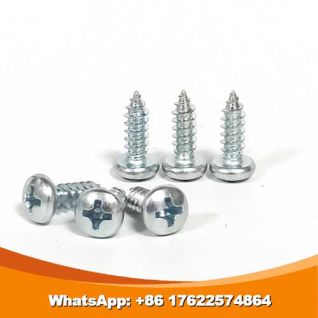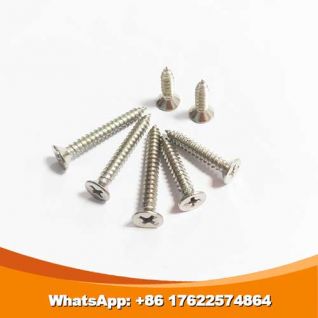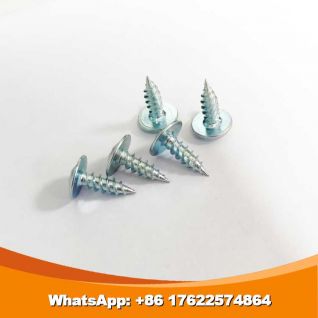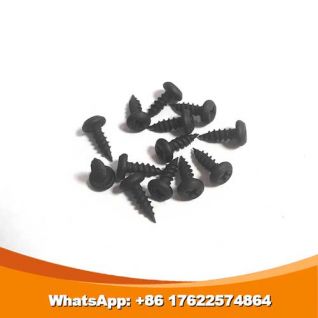SELF TAPPING SCREW
Determine the correct type of self tapping screws for metal you are fastening. Mark the exact location where the screw will be used and make sure you have enough room for your screwdriver or drill bit.
It is often helpful, but not always necessary, to drill a pilot hole that is slightly smaller in diameter than the actual screw size. This allows the body of the screw to fill the hole in the drill and allows the threads to cut into the material when screwed in. Be careful to use a drill bit that is slightly smaller than the self tapping screws for metal, otherwise the threads will bite into the material without anything to screw into.
Place the self tapping screws for metal directly in the hole and turn it in by hand one or two turns. This way, the screw will stay in the hole when you pick up the screwdriver or drill bit. Using firm, short motions, use a Phillips or flathead screwdriver or drill bit to drive the self tapping screws for metal into place. Make sure the self-tapping screw is straight and do not overtighten it as this may cause the screw head to strip out.
Self tapping screws for steel manufacturers have two different categories of self-tapping screws that can be identified by the action that occurs when screwed in. Self tapping screws for steel form their own threads as they are screwed into the material. The same is true for thread-cutting screws, but there is a fundamental difference in how they operate. The cutting edges of a thread cutting screw actually cut into the material, removing it from the area where the screw goes in. A thread forming screw does not cut any material, but displaces it, allowing the material to flow around the threads.
Any demand please find following contact:
WhatsApp: +8617622574864
Email: sale@likescrew.com





